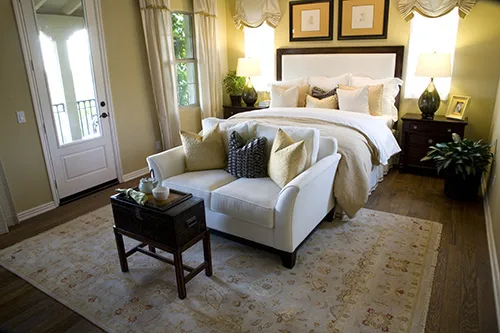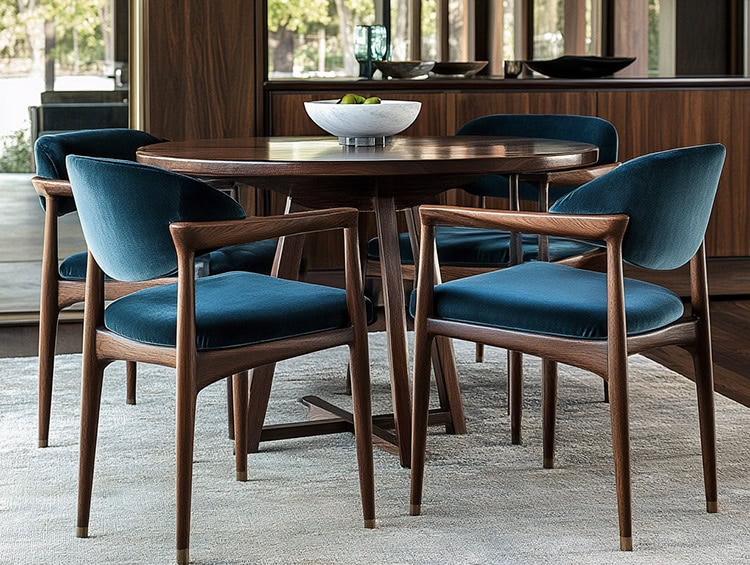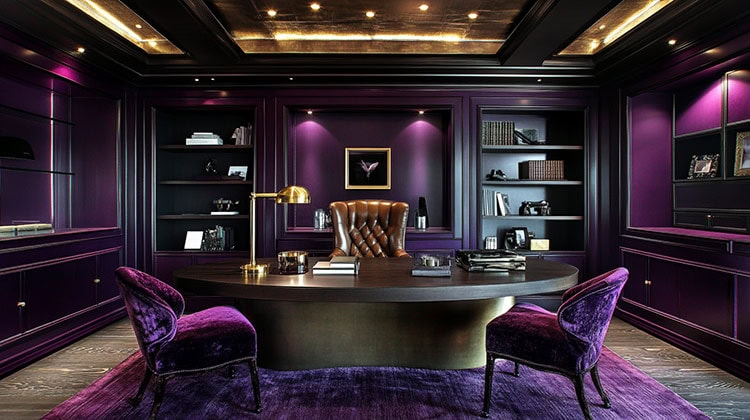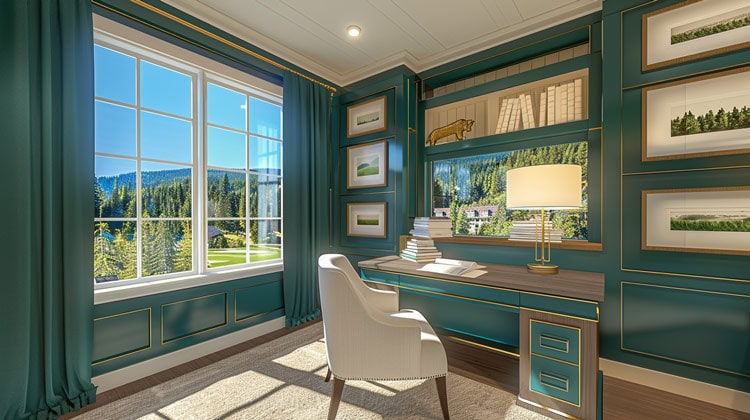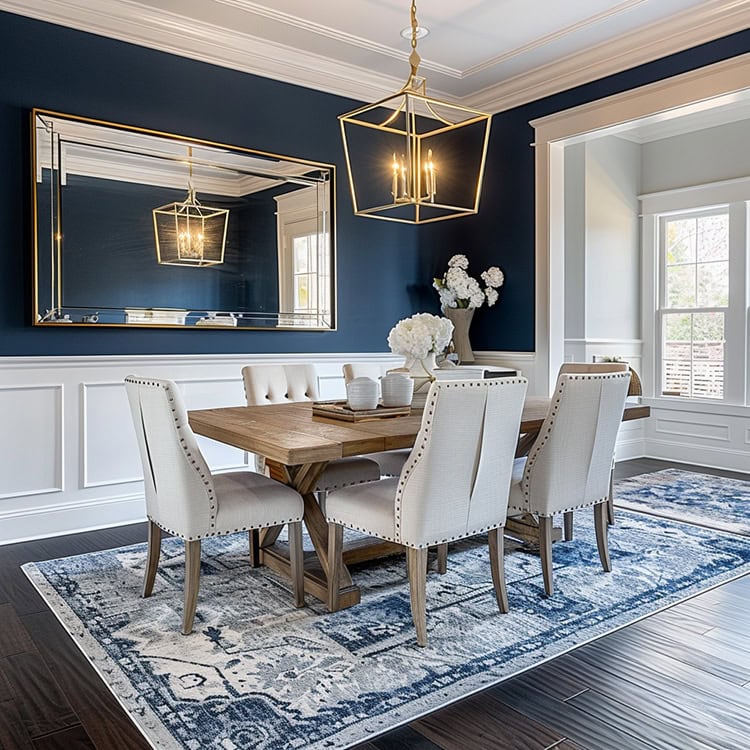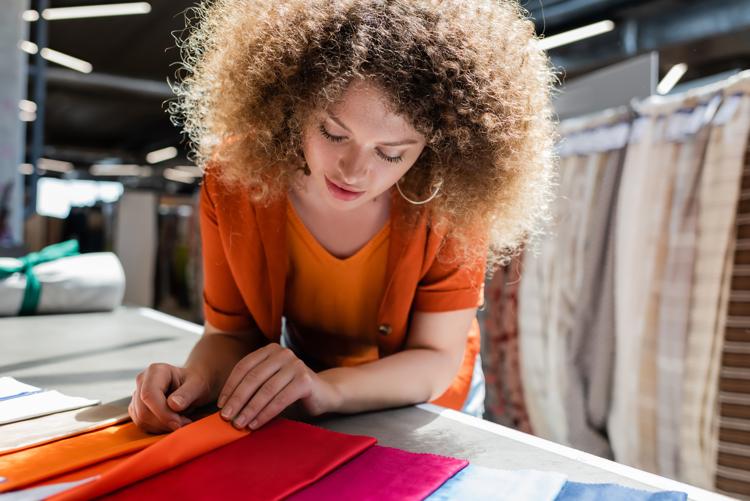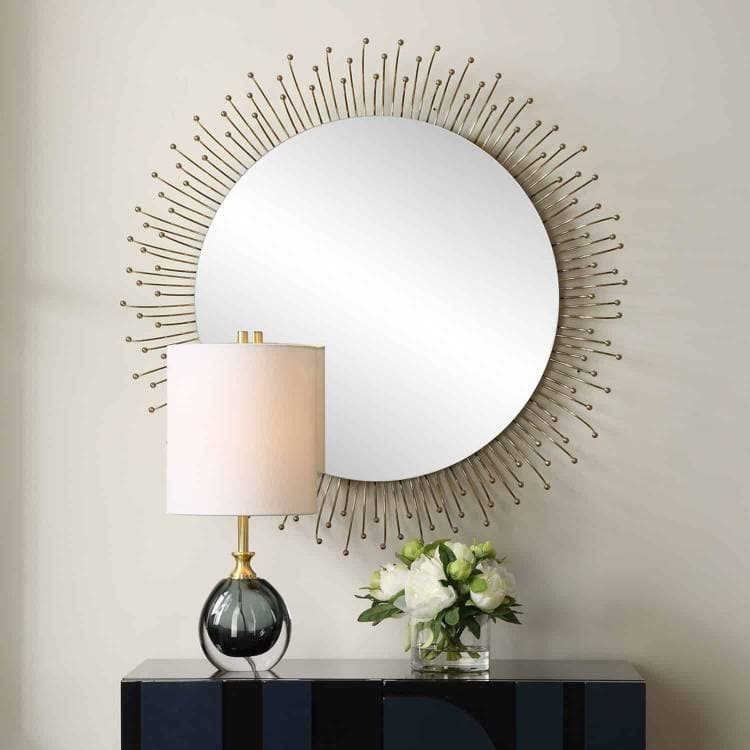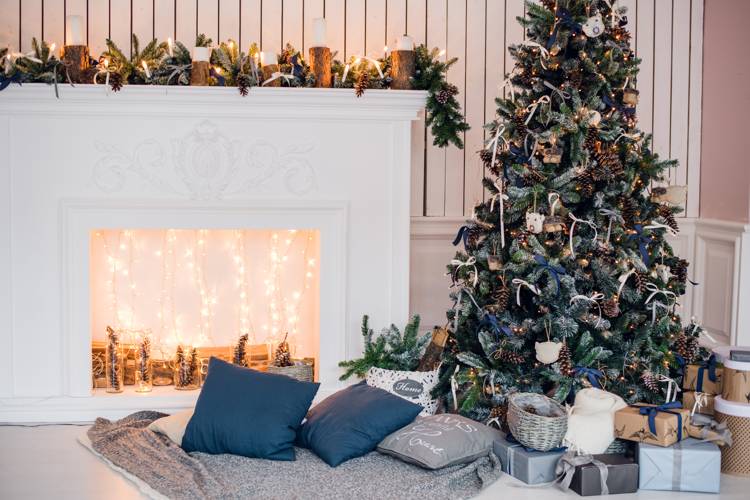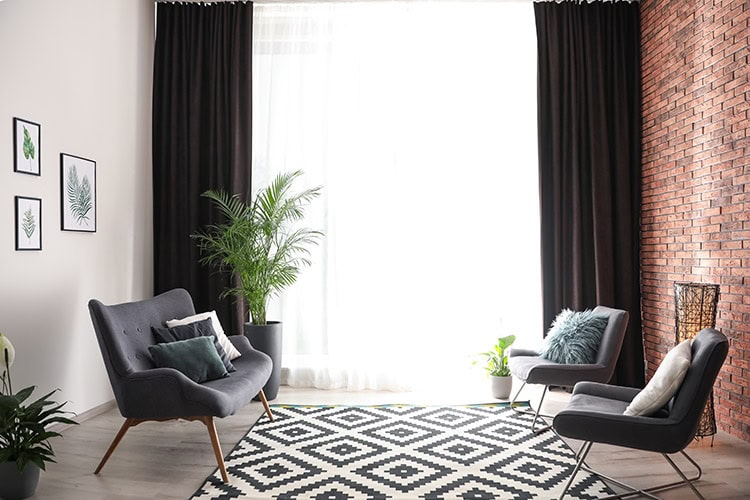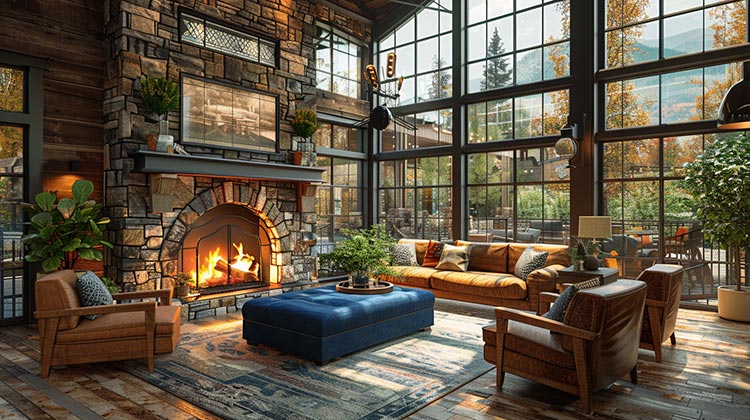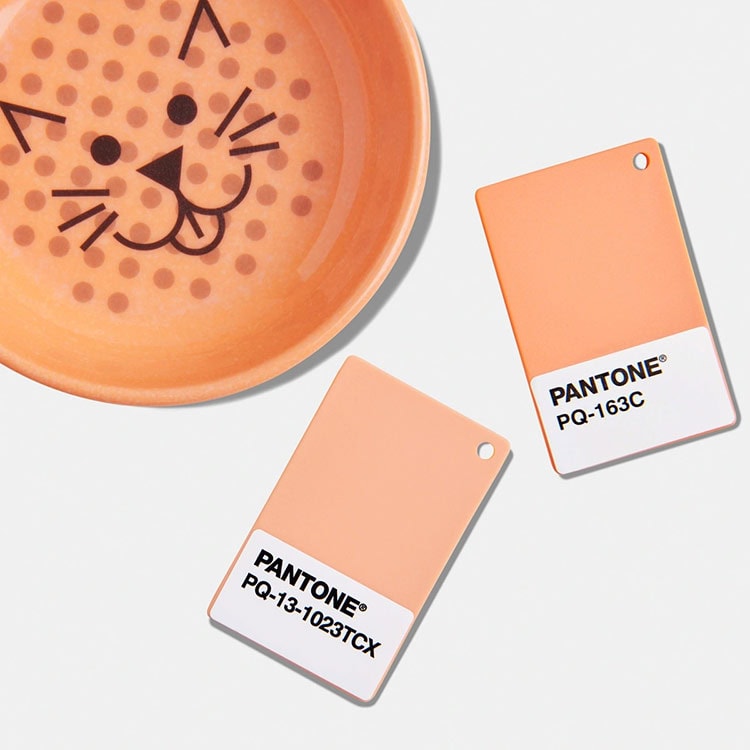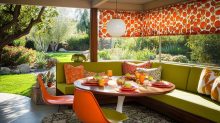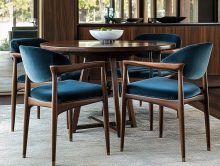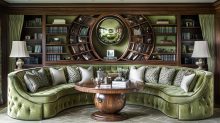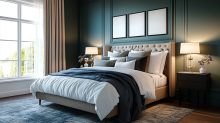Do you have a fondness of things that are timeless? Does chaos make you queasy? If so, then you’ll love traditional design.
As you’ve probably guessed, traditional design is inspired by, well, tradition. It’s a timeless style inspired by the 18th and 19th centuries, incorporating classic art, antiques, and pieces with history. Much of traditional design is influenced by Europen decor, but elements from France and even the far East have been known to pop up in traditional decor.
While traditional design can be looked upon as calm, orderly and predictable, it is far from boring. Yes, furnishings are classic and consistent, but they are also classy and comfortable, which is really what traditional design is all about.
There’s a familiarity with traditional design that no other design style offers. Its warmth and welcoming appeal have also contributed to its thriving popularity for so many years, making it a natural favorite among many homeowners.
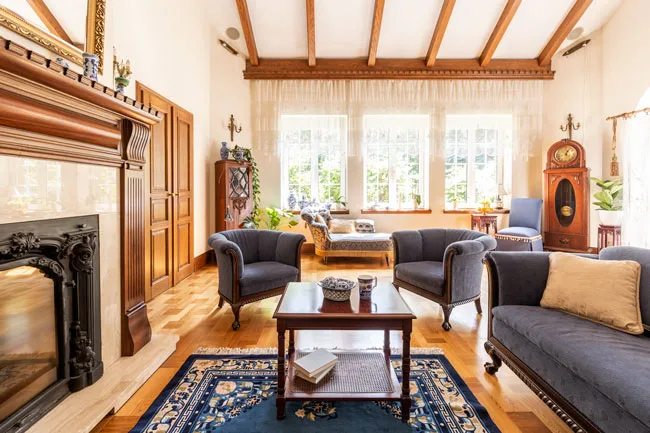
At its core, traditional design is harmonious and orderly.
Traditional style strives for harmony and order. Walk into a well-designed traditional room and you’ll see balance. It’s all about consistency, otherwise, it wouldn’t truly reflect what the design style is all about. In a traditional space, furnishings will match and symmetry will abound. Like to break the rules just a little bit? Prop a mirror against one wall or arrange art in a group. This allows you to put your stamp on the space without straying too far from the intent of the style.
Conservative colors define the palette.
Traditional colors are laid-back and mellow. Neutrals are prevalent, but in most cases, they serve as a backdrop for pops of color that are scattered throughout by way of art, textiles, and decor accents. These pops of color tend to revolve around deeper shades of browns, greens, blues, and reds. Even jewel tones have been known to shine in a traditional space. If neutrals aren’t for you, simply use a much softer version of a favorite color. Something like a pale blue, spring green, soft red, or lavender can work just as well as any deep, warm tone.
Darker wood tones such as cherry, oak, walnut, and mahogany are staples in traditional design. These rich tones provide warmth and coziness, which is so essential to this style.
Furniture is classy, yet comfortable.
Because traditional design is inspired largely by 18th-19th century England and Europe, you’ll see a lot of regal influence in the furniture. Furniture is heavy and the most favored styles are Sheraton, Queen Anne, and Chippendale. Each style has its own unique characteristics that include, but are not limited to, curved lines, decorative finials, veneers, inlays, and other artistic embellishments.
The wingback chair is another favorite. While it often pops up in mid-century modern design, it actually originated in traditional.
Details are essential to the overall design.
Traditional spaces are known for their intricate details. Accessories are often ones that make a statement (think elaborate candle holders, vases, chandeliers, china, silver, and gold). Additionally, finishing touches often include decorative trim and crown molding. While they aren’t ornate in every case, they still don’t skimp on the visual weight.
Bare walls and shelves aren’t enjoyable for traditionalists. Within a traditional setting, you’ll often see collections of accessories such as boxes, plants, figurines, and china. Artwork is generally mounted over the mantel or on the wall at eye-level. Large, decorative mirrors are also popular in traditional homes.
Fabrics are typically heavy and ornate.
In a traditional home, upholstery, whether for curtains, pillows, or furniture, tend to favor high-end fabrics like silk, velvet, and leather. Additionally, these luxe fabrics are often finished off with decorative embellishments.
When it comes to patterns, they are a must. Pretty much anything goes, but some popular traditional patterns include florals, stripes, toile, paisley, damask, and plaid. When using your patterns, be sure to keep that sense of symmetry traditional style needs.
Traditional plays well with others.
The nice thing about traditional design style is that it’s flexible–to a point, anyway. If you enjoy the style for the most part, but feel as though it can feel a little fussy, incorporate some modern touches. Being that it’s not an all-or-nothing design style, you have a little leeway when it comes to putting your own personal spin on it.
If Traditional is your design style we have just what you need to bring your decorating ideas to fruition! When you are looking for designer upholstery, custom furniture, and decorative accessories, visit CUTTING CORNERS a quick trip from Plano , TX or shop our collection online. We have something for every home interior project from gorgeous drapery fabrics, colorful outdoor fabrics, lightweight cottons and luxurious Dupioni Silks.

